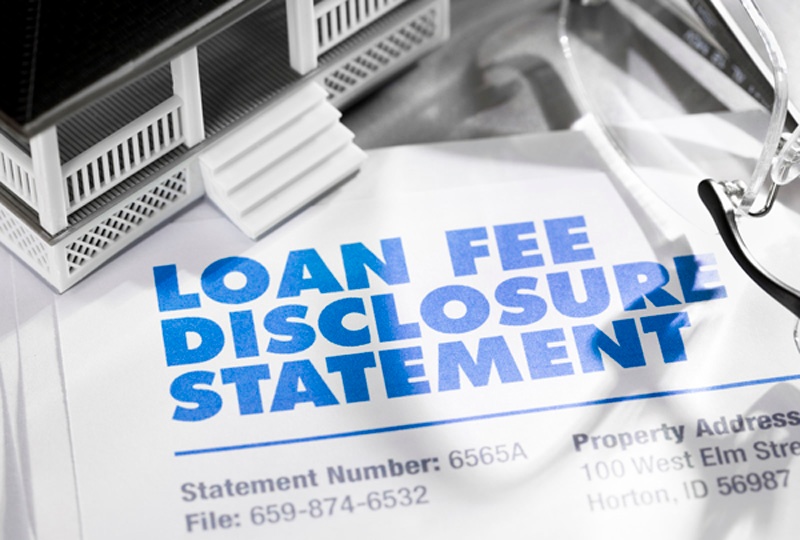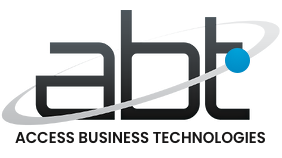

Congress passed the Home Ownership and Equity Protection Act (HOEPA) in 1994 as an amendment to the Truth in Lending Act. The legislative intent was to tackle the abuses in the mortgage refinancing industry and with respect to home equity loans that charge
Section 32 Loans
People often refer to these loans as Section 32 loans in reference to Section 32 of Regulation Z of the Truth in Lending Act (TILA) which put the law into action. The Consumer Financial Protection Bureau issued a final Regulation Z in 2013 which was effective for loans on and after January 1, 2014.
Types of Loans Covered by Section 32
Section 32 covers a loan if the Annual Percentage Rate (APR) exceeds the average prime offer (APOR) rate for a comparable maturity loan by:
- 6.5% for first liens
- 8.5% for first liens less than $50,000 secured by a manufactured home, or other personal property
- 8.5% for junior liens
Section 32 also covers loans where the total fees and points are greater than:
- 5% of the loan amount for loans of $20,000 or more, or
- The lesser of 8% of the total loan amount or $1,000, for loans less than $20,000 (threshold figures adjusted annually).
The law also considers a loan a "high-cost mortgage" if that loan charges prepayment penalties 36 months or more after the loan begins or the account opens, or if the prepayment penalty exceeds more than 2% of the amount being prepaid. A prepayment penalty does not include "conditionally waived" upfront good faith third-party closing costs.
Section 32 loans apply to those for refinancing, purchase-money loans, home equity loans and home equity lines of credit with high rates or high fees. The rule does not apply to loans to build a home, reverse mortgages, loans issued by HFAs, or loans under USDA's Section 502 Direct Loan program.
What Happens if a Loan Comes under Section 32?
The lender who makes a Section 32 loan must make certain disclosures to the borrower no less than three business days before the loan process completes or the account opens.
The following required disclosures are in addition to the general TILA disclosures:
- Written notice that the borrower does not have to complete the loan even if he's already signed the application and received the disclosures (borrowers have 3 business days after receiving the Section 32 disclosures to decide if they want to sign the loan agreement)
- Written warning that the lender will take a mortgage lien on the home, that a borrower who fails to make the required payments can lose the home and all money put into it
- Written disclosure of the APR, the payment amount. If the borrower has a variable rate, the written notice must state that both the rate and the monthly payment amount may increase as well as the maximum monthly amount
The final regulation provides, if the information in the disclosures becomes outdated or inaccurate, the lender must provide new disclosures and start a new three-day period. Consumers may waive the three-day period for a personal emergency.
The lender may provide the new disclosures by telephone -- if the consumer initiated the change -- and if (before the parties complete the loan agreement or the account opens):
- The lender provides the new disclosures
- The lender and consumer sign a written agreement with respect to telephonic disclosures
Abuses Are Banned from High-Rate Loans
The law prohibits the following features in relation to high-rate Section 32 loans:
- Balloon payments generally; (Balloon payments generally mean a loan where the borrower's regular payments do not pay off the principal and the borrower must pay a lump sum amount of principal at the term end)
- Prepayment penalties
- Financing points and fees
- Late fees if they are greater than four percent of the past due amount or late fees imposed before the loan is 15 days past due
- Lenders must provide the borrower with a payoff statement within 5 days of the borrower's request (with fees restricted)
- Fees to modify or defer the loan
- Lenders may not recommend or encourage default
For home equity lines of credit, the lender must assess the borrower’s ability to repay. For closed-end home equity loans, the borrower must satisfy the requirements of the 2013 Ability-to-Repay Final Rule. Congress passed the ability to pay provisions under the Dodd-Frank Wall Street Reform and Consumer Protection Act. The final Regulation Z put these rules into effect.
Other Abusive Practices Prohibited by Section 32
Section 32 forbids lenders to engage in lending practices based on the property's collateral value without taking into account whether the borrower can repay the loan.
Home improvement loan dollars must disperse directly to the borrower (or jointly to the lender and the contractor) or to an escrow agent.
Remedies
A borrower who
To delve further into the details on the final rules with regard to determining interest APRs and index, determining high-cost points and fees, as well as determining interest rate thresholds under the average prime offer rate (APOR) read Recent Changes to HOEPA.

Understanding HUD in the Mortgage Industry
The Office of Housing and Urban Development (HUD) oversees the Federal Housing Administration, the largest mortgage insurer in the world. Because HUD...




